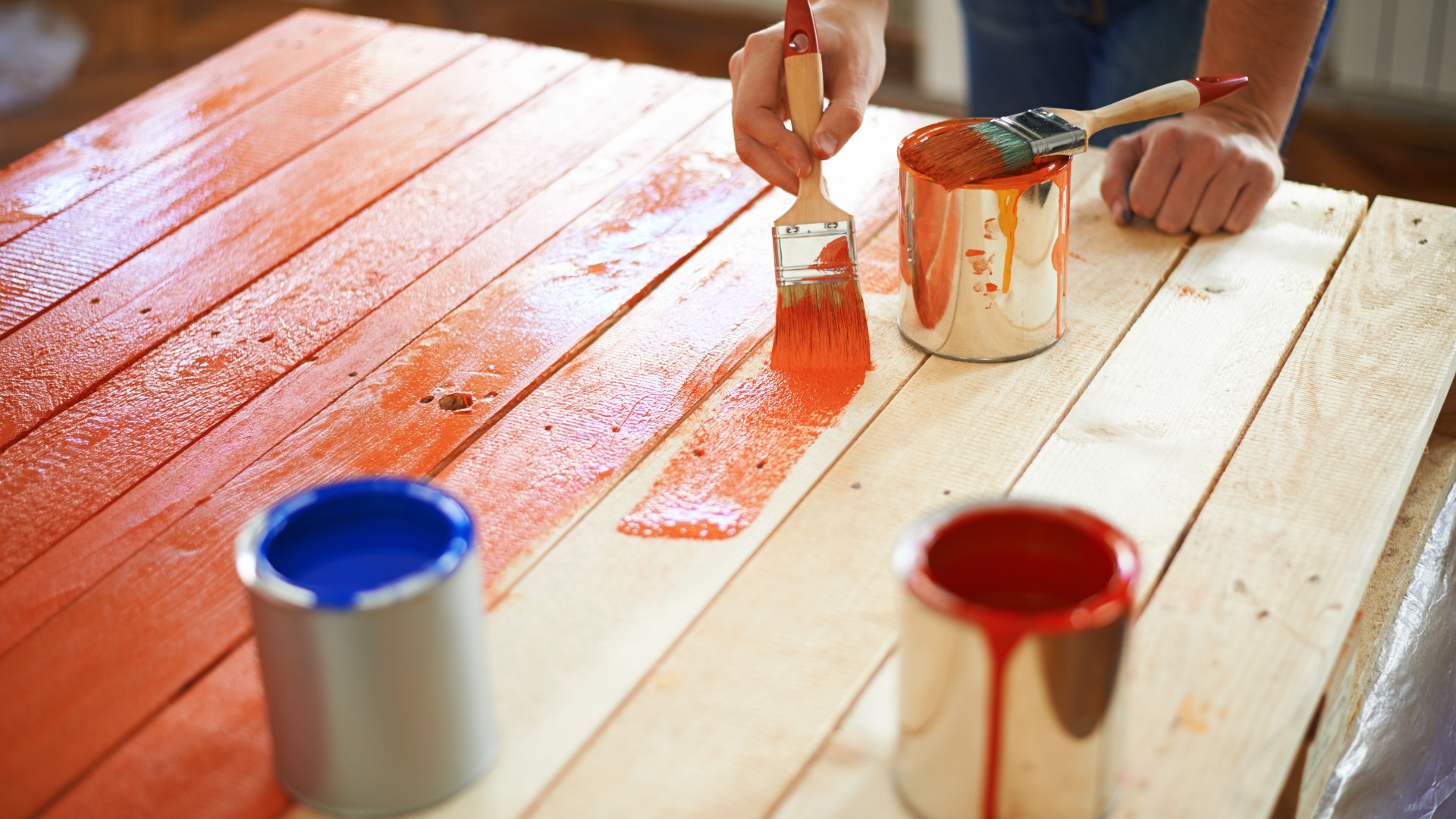

Articles
What Paint To Use For Furniture
Modified: January 19, 2024
Looking for the best paint for furniture? Discover top recommendations and expert tips for achieving a flawless finish on your beloved pieces.
(Many of the links in this article redirect to a specific reviewed product. Your purchase of these products through affiliate links helps to generate commission for Storables.com, at no extra cost. Learn more)
Introduction
Welcome to the world of furniture painting! Whether you’re a seasoned DIY enthusiast or just starting out, choosing the right paint for your furniture projects is crucial. The type of paint you use can make a significant difference in the outcome and durability of your finished piece. In this article, we will explore the various factors to consider when selecting furniture paint and highlight the different types of paint available for your projects.
When it comes to painting furniture, there are several important factors to keep in mind. One of the most critical considerations is the material of the furniture itself. Different materials, such as wood, metal, or laminate, may require specific types of paint or preparation. Additionally, you’ll want to consider the style and look you’re trying to achieve. Are you going for a vintage, distressed look with lots of texture, or a modern, sleek finish?
Another factor to consider is the level of durability and protection you need for your furniture. If you’re painting a high-traffic piece like a dining table or a chair, you’ll want to choose a paint that can withstand frequent use and potential spills. On the other hand, if you’re painting a decorative accent piece that won’t be heavily used, you may have more flexibility in your paint selection.
Now that we’ve covered some of the key factors, let’s delve into the different types of paint available for furniture projects. From latex paint to chalk paint, there is a wide range of options to suit various preferences and painting techniques. So, let’s roll up our sleeves and dive into the wonderful world of furniture painting!
Key Takeaways:
- Choose the right paint type based on material, style, and durability needs. Latex paint for versatility, chalk paint for distressed look, milk paint for antique finish, oil-based paint for durability, and spray paint for convenience.
- Top paint brands like Annie Sloan, Fusion Mineral Paint, General Finishes, Sherwin-Williams, and Rust-Oleum offer quality options. Follow proper preparation, application, and cleanup techniques for professional and flawless furniture painting results.
Factors to Consider when Choosing Paint for Furniture
When it comes to choosing the right paint for your furniture projects, there are several factors worth considering. These factors will help ensure that you select a paint that best suits your needs and yields the desired results. Let’s explore the key factors in more detail:
- Material: The first factor to consider is the material of the furniture. Different materials may require different paints or preparation techniques. For example, wood furniture may need a primer to seal the surface and prevent bleeding or staining. Metal furniture may require a paint that is specifically formulated to adhere to metal surfaces. It’s important to choose a paint that is compatible with the material you are working with.
- Style and Look: Consider the overall style and look you want to achieve with your painted furniture. Are you going for a distressed, vintage look? Or perhaps a smooth, modern finish? Different paint types and techniques can help you achieve specific styles. For instance, chalk paint is often used to create a distressed or shabby chic look, while oil-based paint provides a more traditional and durable finish.
- Durability: Think about the level of durability you need for your furniture. If you’re painting a piece that will be heavily used, such as a dining table or kitchen cabinets, you’ll want to choose a paint that can withstand frequent cleaning, scratches, and stains. Consider paints that offer good adhesion, resistance to chipping, and easy cleaning.
- Indoor or Outdoor Use: Determine whether the furniture will be used indoors or outdoors. If the furniture will be exposed to the elements, such as sun, rain, or temperature fluctuations, you’ll need a paint that is specially designed for outdoor use and offers protection against fading, peeling, and moisture damage.
- Application Method: Consider the application method you prefer. Some paints are better suited for brush application, while others are ideal for spraying. Make sure to choose a paint that can be easily applied with your preferred method to achieve the desired finish.
- Budget: Lastly, take into account your budget. Paint prices can vary significantly depending on the brand, quality, and type of paint. Determine your budget and look for paints that offer good value for money without compromising on quality.
By considering these factors, you can narrow down your options and choose a paint that meets your specific requirements for your furniture project. Now that we’ve covered the factors to consider, let’s dive into the different types of paint available for furniture painting.
Different Types of Paint for Furniture
When it comes to painting furniture, there are several different types of paint to choose from. Each type has its own unique characteristics and is suitable for different applications and desired finishes. Let’s explore some of the most popular types of paint for furniture:
- Latex Paint: Latex paint is water-based and offers excellent versatility. It is available in a wide range of colors and finishes, including flat, satin, semi-gloss, and high-gloss. Latex paint is easy to clean up with soap and water and dries relatively quickly. It is a popular choice for furniture projects due to its durability, affordability, and wide color selection. However, it may not adhere as well to certain surfaces, such as laminate or metal, without the use of a primer.
- Chalk Paint: Chalk paint is a popular choice for achieving a distressed or vintage look. It has a matte, chalky finish and provides a time-worn appearance to furniture. Chalk paint is known for its ease of application, as it requires minimal preparation, such as sanding or priming. It adheres well to various surfaces, including wood, metal, and even fabric. One of the advantages of chalk paint is that it allows for easy distressing and layering for a unique, aged effect. It is typically sealed with a wax or varnish for added protection.
- Milk Paint: Milk paint is a traditional, water-based paint made from natural ingredients such as milk protein, lime, and pigments. It has been used for centuries and offers a unique, antique appearance. Milk paint creates a matte, slightly chalky finish and is known for its ability to create a worn or patina effect. It is versatile and can be used on different surfaces, including wood, metal, and drywall. Milk paint requires a bonding agent or primer for proper adhesion and is usually sealed with a topcoat for durability.
- Oil-based Paint: Oil-based paint provides a durable and long-lasting finish. It has a smoother and more professional look compared to water-based paints. Oil-based paint offers excellent adhesion and is ideal for high-traffic furniture pieces that require a tough, washable surface. However, it has a strong odor, requires longer drying times, and requires mineral spirits for cleanup. It is essential to work in a well-ventilated area when using oil-based paints.
- Spray Paint: Spray paint is a convenient option for quick and even coverage. It is available in various colors and finishes and can be used on different surfaces, including wood, metal, and plastic. Spray paint offers a smooth, professional finish without visible brushstrokes. It is important to use spray paint in a well-ventilated area to avoid inhalation of fumes and to achieve proper coverage. It is also recommended to use primer before applying spray paint to ensure better adhesion and longevity.
These are just a few of the many types of paint available for furniture projects. Each type has its own strengths and is suitable for different styles and applications. Consider the look you want to achieve, the level of durability needed, and the surface material when selecting the right paint for your furniture project. Now that we’ve explored the different types of paint, let’s move on to discuss some of the best paint brands for furniture.
Latex Paint
Latex paint, also known as water-based paint, is a popular and versatile choice for furniture painting. It is widely available and offers a range of colors and finishes to suit various styles and preferences. Here are some key characteristics and benefits of latex paint:
Easy Application: Latex paint is easy to work with, making it a great option for beginners and DIY enthusiasts. It has a smooth consistency and can be applied with a brush, roller, or sprayer. Latex paint offers good coverage and typically requires fewer coats compared to other types of paint.
Durability: Latex paint is known for its durability and longevity. It forms a tough, flexible film on the furniture surface, providing protection against scratches, fading, and stains. This makes latex paint a suitable choice for high-traffic furniture pieces or items that will be frequently used and cleaned.
Quick Drying Time: One of the advantages of latex paint is its relatively fast drying time. Depending on the brand and conditions, latex paint usually dries to the touch within an hour or two. This allows for quicker completion of projects and reduces the risk of dust or debris settling on the painted surface.
Wide Color Selection: Latex paint is available in a vast array of colors, ranging from muted tones to vibrant hues. This wide color selection gives you the freedom to choose the perfect shade for your furniture piece and allows for creativity in your projects. Additionally, latex paint can be easily tinted to achieve custom colors.
Low VOC Content: Many latex paints are labeled as low VOC (volatile organic compounds) or even zero VOC, which means they have reduced levels of harmful emissions. This makes them a more eco-friendly option compared to oil-based paints, which typically have a higher VOC content. Low VOC paints are safer to use indoors and have less impact on indoor air quality.
Easy Cleanup: One of the benefits of latex paint is its easy cleanup. Since it is water-based, all you need is soap and water to clean your brushes, rollers, or any accidental spills. This makes the cleanup process quick and hassle-free.
While latex paint offers numerous advantages, it is important to consider the surface you are painting. Some surfaces, such as laminate or metal, may require a primer or specific preparation techniques to ensure proper adhesion.
Overall, latex paint is a versatile and user-friendly option for furniture painting. Its durability, wide color selection, and easy application make it a popular choice among DIY enthusiasts and professionals alike. Whether you’re refreshing an old piece of furniture or adding a pop of color to your home decor, latex paint can help you achieve beautiful and long-lasting results. Now it’s time to explore our next type of paint: chalk paint!
Chalk Paint
Chalk paint has gained immense popularity in recent years for its unique ability to create a charming, distressed, and vintage look on furniture. Originally developed by Annie Sloan, chalk paint is known for its versatility and ease of use. Here are some key aspects and benefits of chalk paint:
Distressed Appearance: One of the main reasons why people love chalk paint is its ability to create a distressed and aged look on furniture. The matte finish of chalk paint lends itself perfectly to achieving a charming vintage vibe. By using various distressing techniques, such as sanding or applying wax, you can add character to your furniture piece.
Minimal Preparation Required: One of the advantages of chalk paint is its minimal preparation requirements. In most cases, you don’t need to sand or prime the furniture before applying chalk paint. This saves time and effort, making it an attractive option for those who want to transform their furniture with ease.
Adheres to Various Surfaces: Chalk paint adheres well to various surfaces, including wood, metal, glass, and even fabric. This gives you the freedom to experiment and create unique painted effects on different types of furniture.
Customizable Colors: Chalk paint is available in a wide range of beautiful colors, allowing you to customize your furniture to match your style and preferences. You can even mix different colors to create your own unique shade. Additionally, chalk paint can be easily diluted with water to create a washed or whitewashed effect.
Easy to Work With: Chalk paint is known for its user-friendly nature. It has a thick, creamy consistency that spreads smoothly and evenly on furniture surfaces. It dries quickly, which means you can complete your projects in a shorter amount of time.
Flexible Finishing Techniques: Chalk paint offers versatility in terms of finishing techniques. After painting, you can choose to leave the surface as is for a soft, velvety appearance, or you can apply a wax or varnish to add a protective layer and enhance the durability of your painted furniture.
Eco-Friendly Option: Many chalk paints are formulated with low VOC content, making them a more environmentally friendly choice compared to paints with higher VOC levels. This means less exposure to potentially harmful chemicals and better indoor air quality.
Chalk paint is an excellent choice for furniture enthusiasts who enjoy the charm and character of distressed, vintage-style furniture. Its versatility, minimal preparation requirements, and customizable colors make it a popular option for achieving a unique and personalized look. Whether you’re renovating an old piece or creating a shabby chic aesthetic, chalk paint can transform your furniture into a beautiful and timeless treasure. Now, let’s move on to explore another type of paint: milk paint!
Read more: What Paint To Use On Outdoor Metal Furniture
Milk Paint
Milk paint is a traditional and versatile paint option that has been used for centuries. Made from natural ingredients such as milk protein, lime, and pigments, milk paint offers a unique and charming finish. Here are some key features and benefits of milk paint:
Antique and Rustic Look: Milk paint is known for its ability to create an antique and rustic appearance on furniture. It has a matte, chalky finish that gives furniture pieces a time-worn and authentic look. The natural variations in milk paint create depth and character, adding richness to the overall finish.
Environmentally Friendly: Milk paint is a non-toxic and eco-friendly paint option. It does not contain harmful chemicals or VOCs, making it a safe choice for both the environment and your health. It is water-based and biodegradable, making it a sustainable option for furniture painting.
Distinctive Color Variations: One of the unique qualities of milk paint is its color variations. Due to the natural ingredients used, milk paint can produce subtle color shifts, giving your furniture piece a nuanced and individualized appearance. The colors can range from soft, muted tones to vibrant and bold hues.
Customization Potential: Milk paint allows for easy customization. You can mix different colors together to create your own unique shade or dilute the paint with water to achieve a washed or distressed effect. This versatility makes milk paint suitable for various painting techniques, such as layering and blending colors.
Adheres to Various Surfaces: Milk paint adheres well to various surfaces, including wood, metal, and drywall. It has excellent penetration properties, making it suitable for porous surfaces. However, it may require the use of a bonding agent or primer for better adhesion on non-porous surfaces.
Safe and Easy Cleanup: Cleaning up after using milk paint is a breeze. As it is water-based, all you need is soap and water to clean your brushes, rollers, and other tools. Unlike oil-based paints, there is no need for solvents or harsh chemicals.
Long-Lasting Finish: While milk paint creates a beautiful antique appearance, it also offers durability and longevity. It forms a strong bond with the surface of the furniture, providing a sturdy and resilient finish. Applying a topcoat, such as wax or varnish, can further enhance its durability.
Milk paint is an excellent choice for those who appreciate the charm and character of vintage-style furniture. Its unique color variations, eco-friendly nature, and ability to create an antique look make it a popular option for furniture painting. Whether you’re restoring an antique piece or designing a one-of-a-kind creation, milk paint can transform your furniture into a timeless and cherished heirloom.
Now that we’ve explored milk paint, let’s move on to our next type of paint: oil-based paint.
When painting furniture, use a high-quality latex or oil-based paint for durability and a smooth finish. Consider using a primer for better adhesion and a professional result.
Oil-based Paint
Oil-based paint has long been favored for its durability, professional finish, and versatility. Although it requires more preparation and cleanup compared to other types of paint, it offers several unique benefits that make it a popular choice for furniture painting. Here are some key features and advantages of oil-based paint:
Durable and Long-Lasting: Oil-based paint is known for its durability and ability to withstand wear and tear. It forms a hard and resilient surface, making it ideal for high-traffic furniture pieces that are frequently used or exposed to harsh elements. This type of paint provides better protection against scratches, stains, and moisture compared to water-based paints.
Smooth and Professional Finish: Oil-based paint offers a smooth and professional finish that is often preferred in certain applications. It has excellent leveling properties, which means it dries to a uniform, glossy surface with minimal brushstrokes. This makes it a popular choice for furniture pieces that require a more polished and refined appearance.
Wide Range of Colors and Finishes: Oil-based paint is available in a wide range of colors, allowing for endless possibilities in terms of design and creativity. It also comes in different finishes, including gloss, semi-gloss, satin, and matte. This variety allows you to choose the perfect color and finish to suit your furniture project.
Excellent Adhesion: Oil-based paint has superior adhesion properties, making it suitable for various surfaces, including wood, metal, and even previously painted surfaces. It adheres well to both porous and non-porous substrates, providing a strong and long-lasting bond.
Resistance to Stains and Moisture: One of the advantages of oil-based paint is its resistance to stains and moisture. This makes it a wise choice for furniture items that are susceptible to spills or moisture, such as kitchen cabinets or bathroom vanities. The oil-based formula creates a protective barrier that helps prevent staining and water damage.
Longer Drying Time: Oil-based paint typically has a longer drying time compared to water-based paints. This allows for more workability and easier blending of colors. However, it’s important to note that the extended drying time also means you need to be cautious about dust and debris settling on the painted surface during this period.
Thinner Applications: Oil-based paint can be applied in thin coats, allowing for greater control over the intensity of the color and minimizing the risk of drips or brush marks. You can achieve smooth and even coverage by gradually building up layers of paint.
However, it’s important to be aware that oil-based paint comes with some considerations. It has a strong odor, necessitates proper ventilation during application, and requires the use of mineral spirits or paint thinners for cleanup. Additionally, oil-based paints may yellow over time, especially when exposed to sunlight.
Despite these considerations, oil-based paint remains a preferred choice for certain furniture projects that require a durable, professional finish. Its adhesion, longevity, and ability to create a smooth surface make it a popular option among professionals and experienced DIYers alike.
Now that we’ve explored oil-based paint, let’s move on to our next type of paint: spray paint.
Spray Paint
Spray paint offers a convenient and efficient way to apply paint to furniture surfaces. It is a popular choice for those looking for a quick and even coverage without the hassle of using brushes or rollers. Here are some key features and benefits of spray paint:
Easy and Even Application: Spray paint provides an effortless and even application, resulting in a smooth and professional finish. The aerosol can allows for better control and coverage, ensuring that the paint goes on evenly without visible brushstrokes.
Quick Drying Time: One of the advantages of using spray paint is its fast drying time. The paint dries quickly, allowing you to complete your projects in a shorter period. This is particularly beneficial if you’re working on multiple pieces or need to apply multiple coats.
Wide Range of Colors and Finishes: Spray paint is available in a vast array of colors and finishes, allowing for versatility and creativity in your furniture projects. Whether you’re looking for a glossy, matte, metallic, or textured finish, you can find a spray paint that fits your desired look.
Convenience and Efficiency: Spray paint offers convenience and efficiency, especially when working on intricate or hard-to-reach areas. The spray can allows you to easily apply paint to nooks, corners, and intricate details without the need for small brushes or foam applicators.
Suitable for Various Surfaces: Spray paint adheres well to a variety of surfaces, including wood, metal, plastic, and even fabric. This versatility makes it an excellent choice for different furniture materials and styles.
Ample Coverage: Spray paint provides ample coverage and typically requires fewer coats compared to traditional brush-on paint. This can save you time and paint, making it a cost-effective choice for larger furniture projects.
Smooth and Professional Finish: With the right technique and application, spray paint can deliver a smooth and professional finish comparable to that achieved with other paint types. It can create a seamless appearance without visible brushstrokes, resulting in a polished and refined look.
When using spray paint, it’s important to note that proper ventilation is essential. Spray paint should be applied outdoors or in a well-ventilated area to prevent the inhalation of fumes. Adequate protection for surfaces surrounding the painting area is also recommended to avoid unwanted overspray.
Overall, spray paint offers convenience, speed, and versatility, making it a popular choice for furniture projects. Whether you’re touching up an old piece or completely transforming its look, spray paint can provide an easy and efficient way to achieve beautiful results.
Now that we’ve explored the different types of paint available for furniture, you have a better understanding of the options at your disposal. The type of paint you choose ultimately depends on factors such as your preferred finish, the durability required, and personal preferences. It’s important to consider these factors and select the paint that best matches your project goals and the specific characteristics of the furniture you’re working with.
Additionally, keep in mind that proper surface preparation, including cleaning, sanding, and priming if necessary, plays a crucial role in achieving a successful paint job. Always follow the manufacturer’s instructions and best practices to ensure the best possible outcome.
Happy painting!
Best Paint Brands for Furniture
When it comes to choosing the best paint brands for your furniture projects, there are several reputable options to consider. These brands offer high-quality paints that are specifically designed for maximum adhesion, durability, and stunning finishes. Here are some of the top paint brands renowned for their excellence in furniture painting:
- Annie Sloan: Annie Sloan is a well-known brand in the world of furniture painting, particularly for its renowned chalk paint. Annie Sloan’s chalk paint is highly regarded for its unique formulation that allows for easy distressing, blending, and achieving a vintage look. The brand offers a wide range of colors and finishes, along with accompanying products like waxes and sealers, for a complete furniture painting system.
- Fusion Mineral Paint: Fusion Mineral Paint is a popular choice among furniture painters for its exceptional durability and self-leveling properties. The brand offers a range of vibrant colors and finishes, including matte, gloss, and metallic, that create stunning results. Fusion Mineral Paint is known for its ease of use, minimal prep requirements, and built-in topcoat, making it a convenient option for both beginners and professionals.
- General Finishes: General Finishes is renowned for its high-quality water-based paints that provide a professional finish. The brand offers a diverse range of pigmented paints, gel stains, and topcoats specifically formulated for furniture projects. Their paints have excellent adhesion, smooth application, and excellent durability, making them a popular choice among furniture refinishers and woodworking enthusiasts.
- Sherwin-Williams: Sherwin-Williams is a trusted name in the paint industry and offers a wide range of paints suitable for furniture. Their latex and oil-based paints provide excellent coverage, durability, and a beautiful finish. Sherwin-Williams offers an extensive color selection, allowing you to find the perfect shade for your furniture projects. The brand’s paints are known for their easy application and long-lasting results.
- Rust-Oleum: Rust-Oleum is a popular brand known for its extensive range of spray paints suitable for furniture. Their spray paints offer excellent coverage, vibrant colors, and a smooth finish. Rust-Oleum’s spray paints are designed to provide superior adhesion and durability, making them a go-to choice for those looking for a quick and easy furniture makeover.
While these brands are highly regarded in the industry, it’s important to choose a paint brand that aligns with your specific project needs and preferences. Consider factors such as the type of paint you require, the finish you desire, and the surface material you’ll be working with.
Remember to follow the manufacturer’s guidelines for preparation, application, and any necessary post-painting steps, such as sealing or waxing. With the right paint brand and proper techniques, you can achieve outstanding results and transform your furniture into stunning and unique pieces.
Now that you’re aware of some of the best paint brands available for furniture projects, it’s time to roll up your sleeves, grab your paintbrush (or spray can), and unleash your creativity!
Read more: What Is Chalk Painting Furniture
Tips for Applying Paint to Furniture
Applying paint to furniture requires careful preparation and technique to achieve professional and flawless results. Whether you’re a seasoned DIYer or a beginner, these tips will help you navigate the painting process and create beautiful, long-lasting finishes. Here are some essential tips to keep in mind:
- Preparation is Key: Proper preparation is crucial for a successful paint job. Start by cleaning the furniture surface to remove any dirt, grease, or old finishes. Sanding is often necessary to create a smooth and even surface that allows the paint to adhere properly. Repair any imperfections, such as dents or scratches, before painting.
- Use the Right Tools: Selecting the right tools will make a significant difference in your painting experience. Quality brushes and rollers will help you achieve smooth and even coverage. Consider the type of paint you’re using and the surface texture to determine the appropriate tools for your project.
- Apply Multiple Thin Coats: Instead of applying one thick coat, opt for multiple thin coats of paint. This allows for better control, smoother finishes, and faster drying times. Allow each coat to dry completely before applying the next to avoid issues with tackiness or uneven drying.
- Follow the Grain of the Wood: If you’re painting wooden furniture, follow the grain of the wood when applying the paint. This helps the paint adhere better and achieve a more natural and seamless finish. Work in long, even strokes for a smoother appearance.
- Ensure Adequate Ventilation: Whether you’re working indoors or outdoors, ensure proper ventilation during the painting process. Open windows, use fans, or work in a well-ventilated area to prevent the inhalation of fumes. This is particularly important when using oil-based paints or spray paints.
- Minimize Brushstrokes: To minimize visible brushstrokes, use smooth and even strokes when painting. Avoid applying too much pressure, as it can create ridges or streaks. Additionally, consider using a foam brush or a fine bristle brush specifically designed for a smoother finish.
- Allow Ample Drying Time: Patience is key when it comes to drying time. Allow sufficient time for each coat of paint to dry before handling or applying the next. Rushing the drying process can lead to smudges, fingerprints, or paint damage. Follow the manufacturer’s instructions for the recommended drying time.
- Protect the Painted Surface: Once the paint has dried, add a protective layer to safeguard the painted surface. Depending on the type of paint used, this may involve applying a clear topcoat, wax, or varnish. The protective layer not only enhances the durability of the paint but also adds an extra layer of sheen and richness to the finish.
- Practice Proper Cleanup: After completing your painting project, clean your brushes, rollers, and any other tools used. Water-based paints can usually be cleaned with soap and water, while oil-based paints require mineral spirits or paint thinners for cleanup. Proper cleanup prolongs the lifespan of your tools and ensures their effectiveness for future projects.
- Experiment and Have Fun: Above all, remember to have fun and experiment with different techniques and finishes. Furniture painting is a creative endeavor, and it allows you to express your personal style. Don’t be afraid to try new colors, distressing methods, or layering techniques to achieve the desired look.
By following these tips, you’ll be well on your way to achieving professional-quality results in your furniture painting projects. Remember, practice makes perfect, so don’t be discouraged if your first attempts aren’t flawless. With time and experience, you’ll become more confident and skilled in transforming ordinary furniture into stunning works of art.
Now it’s time to grab your paintbrush and get ready to create beautiful furniture masterpieces! Happy painting!
Conclusion
Painting furniture allows you to breathe new life into old pieces, create personalized designs, and transform your living space. With the right paint and techniques, you can achieve stunning results that will enhance the beauty and functionality of your furniture. Throughout this article, we have explored the factors to consider when choosing paint, the different types of paint available for furniture projects, the best paint brands to trust, and essential tips for applying paint.
When choosing paint for your furniture, consider factors such as the material, desired style, durability, and application method. Latex paint offers versatility, easy application, and a wide range of colors. Chalk paint provides a distressed, vintage look and requires minimal preparation. Milk paint gives furniture a unique antique appearance and is eco-friendly. Oil-based paint offers durability and a professional finish. Spray paint is efficient, convenient, and ideal for quick makeovers.
Additionally, selecting the best paint brand for your needs is important and can make a significant difference in the quality and longevity of your painted furniture. Brands like Annie Sloan, Fusion Mineral Paint, General Finishes, Sherwin-Williams, and Rust-Oleum are known for their excellent formulations and reliable results.
When applying paint to furniture, remember to prepare the surface properly, use the right tools, apply multiple thin coats, follow proper techniques, allow adequate drying time, and protect the painted surface with a suitable topcoat. These tips will help you achieve professional and flawless finishes that will stand the test of time.
Ultimately, furniture painting is a creative and rewarding process that allows you to express your personal style and create unique pieces that reflect your taste and personality. So, unleash your imagination, experiment with colors and techniques, and let your furniture transformation journey begin!
Now you have the knowledge and tools to embark on your furniture painting adventure and turn your visions into reality. Happy painting!
Frequently Asked Questions about What Paint To Use For Furniture
Was this page helpful?
At Storables.com, we guarantee accurate and reliable information. Our content, validated by Expert Board Contributors, is crafted following stringent Editorial Policies. We're committed to providing you with well-researched, expert-backed insights for all your informational needs.
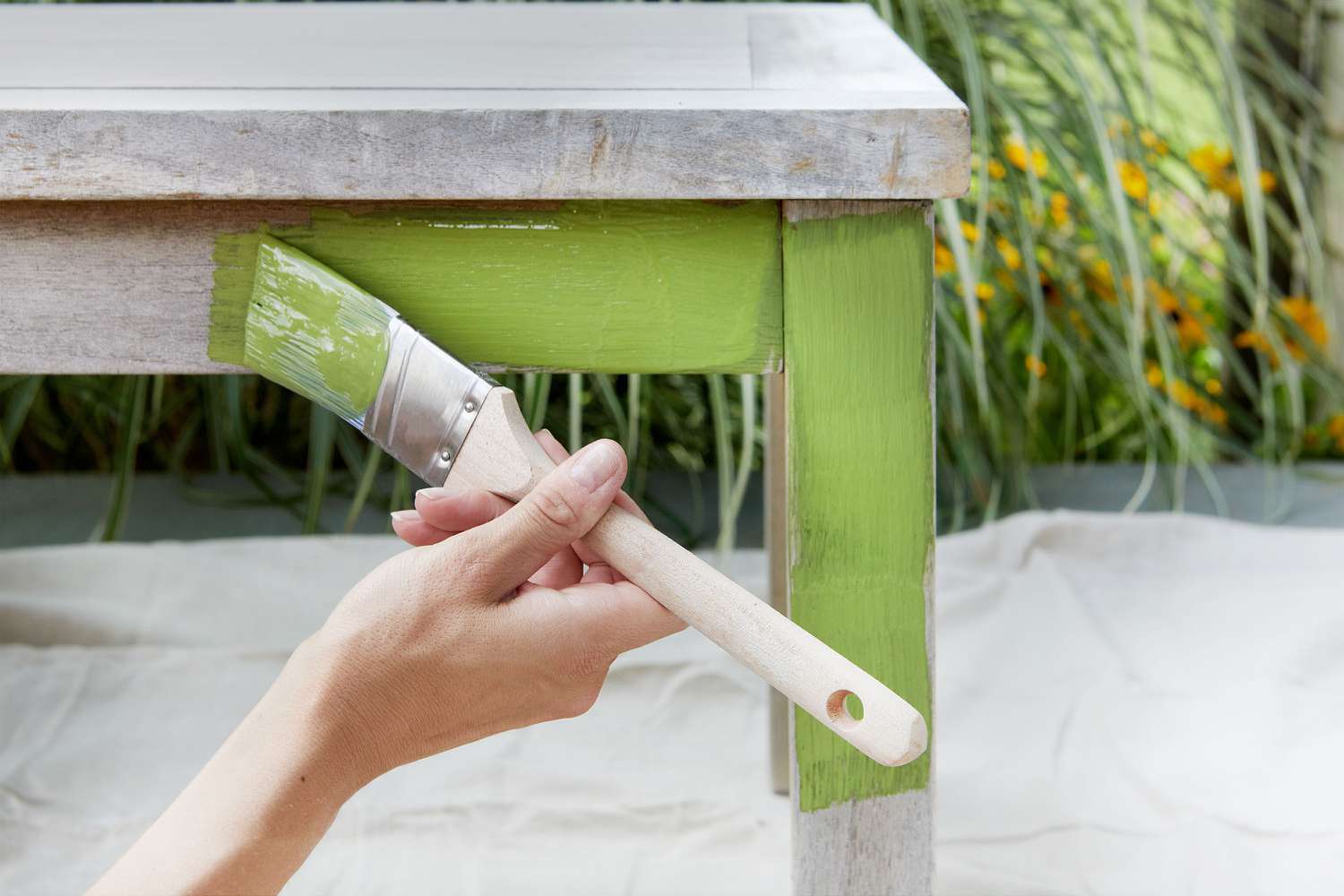
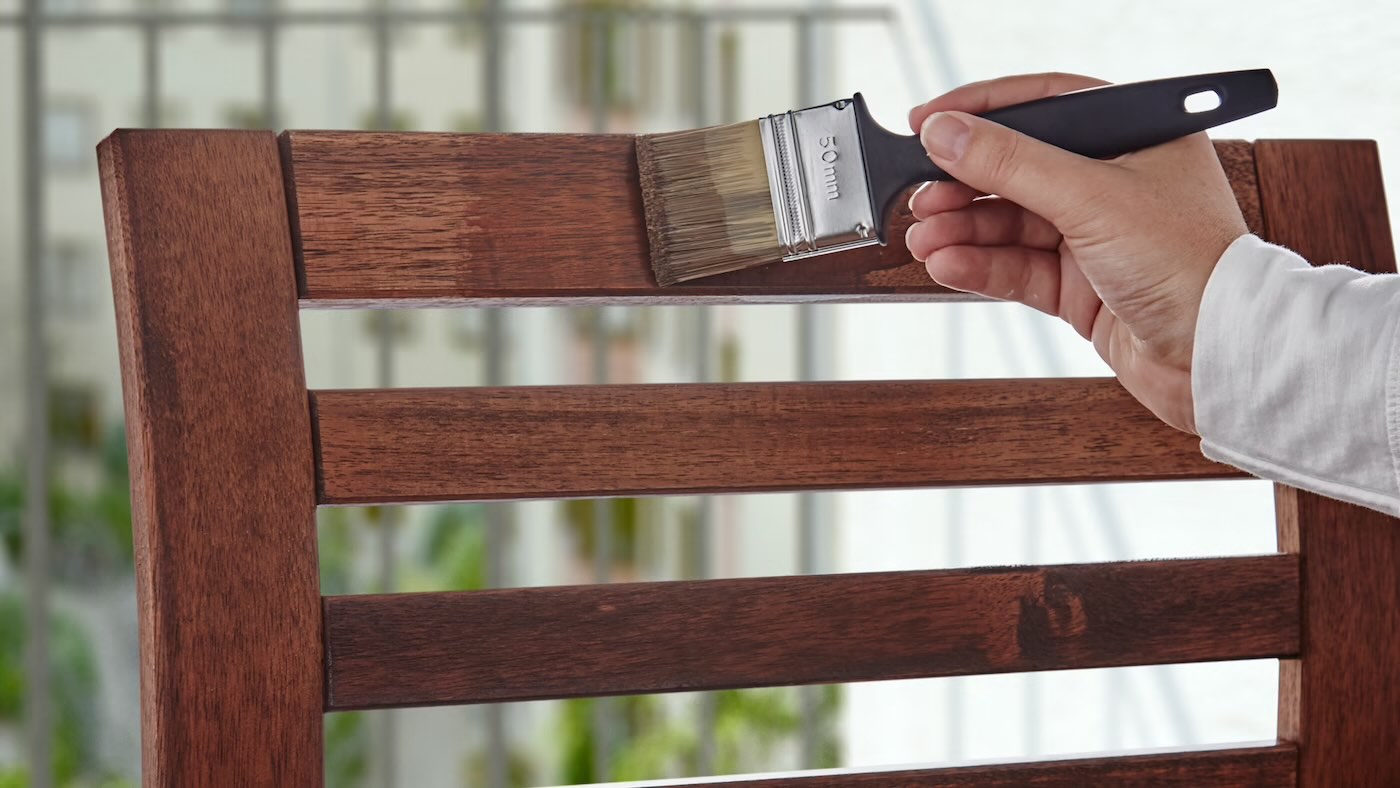
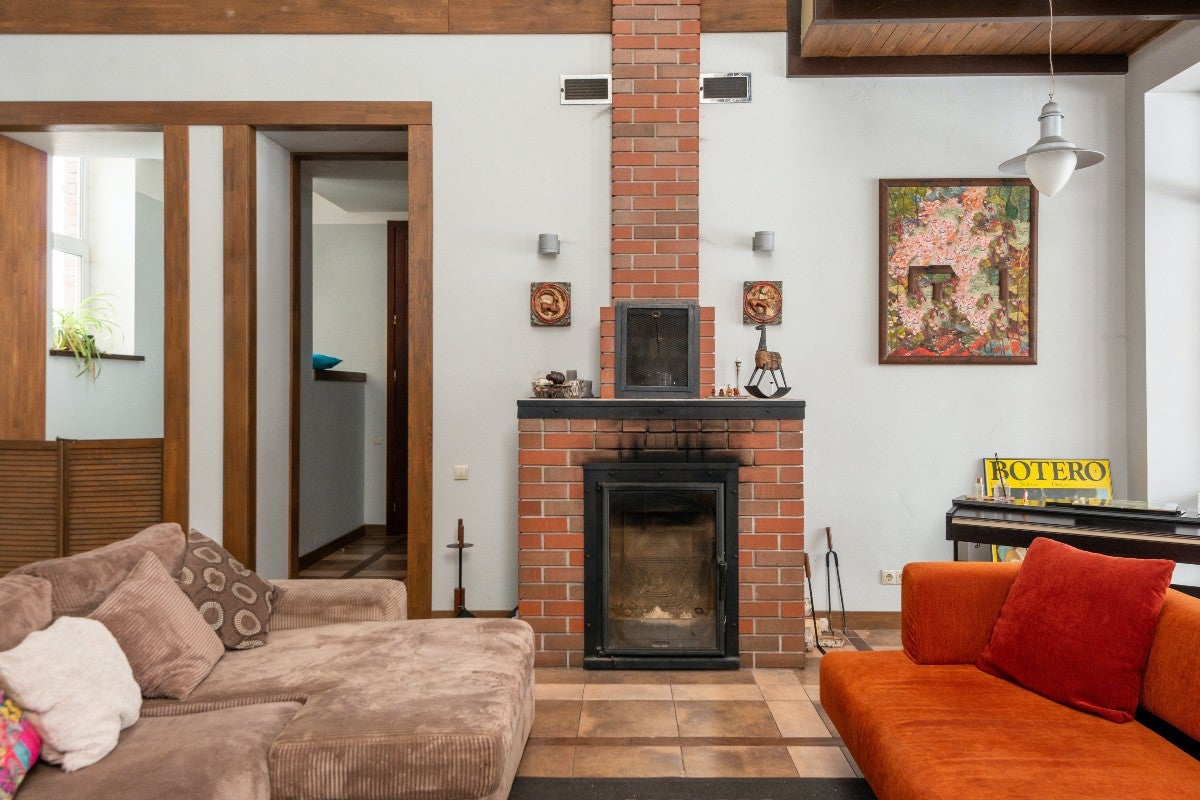
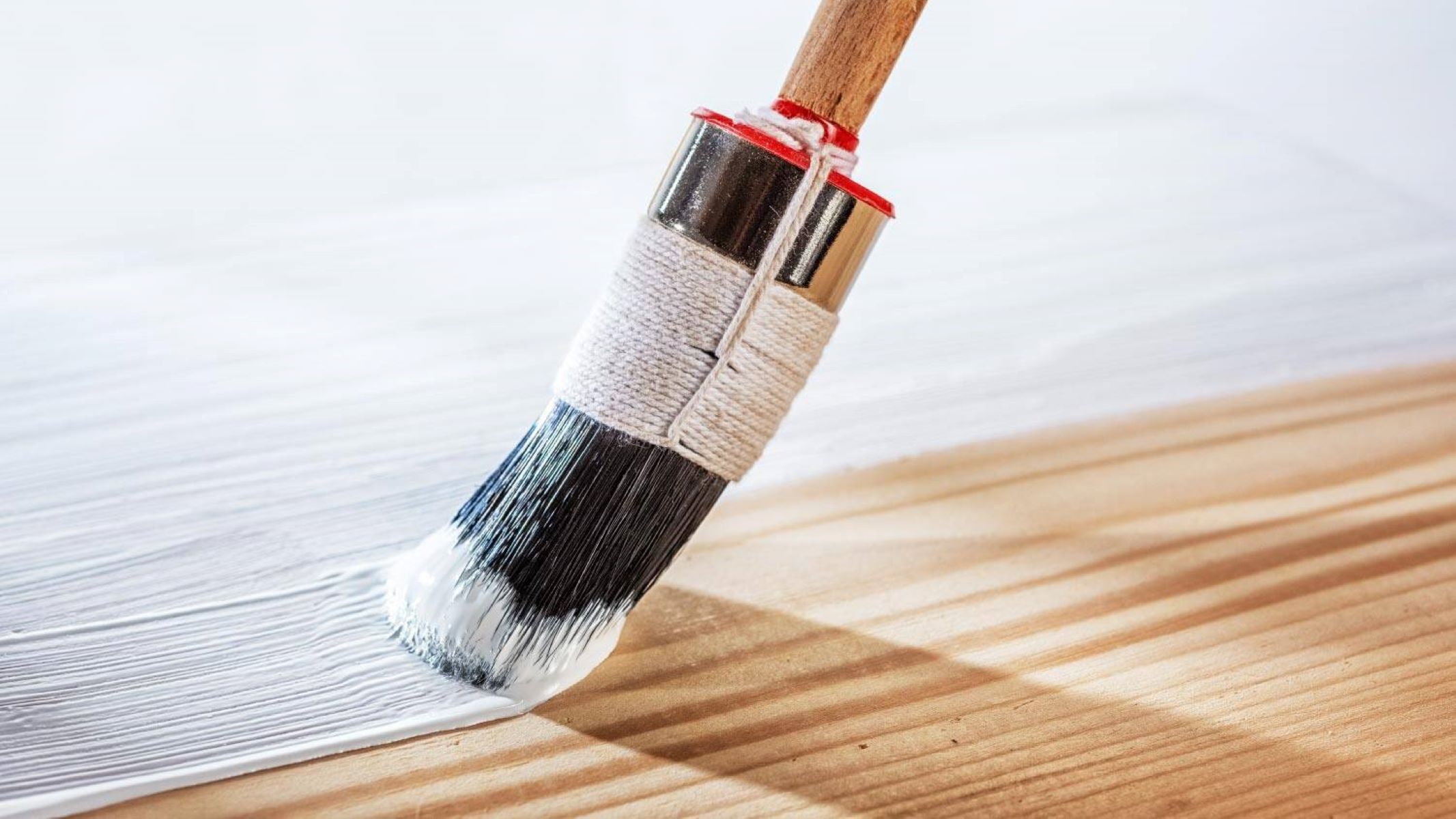
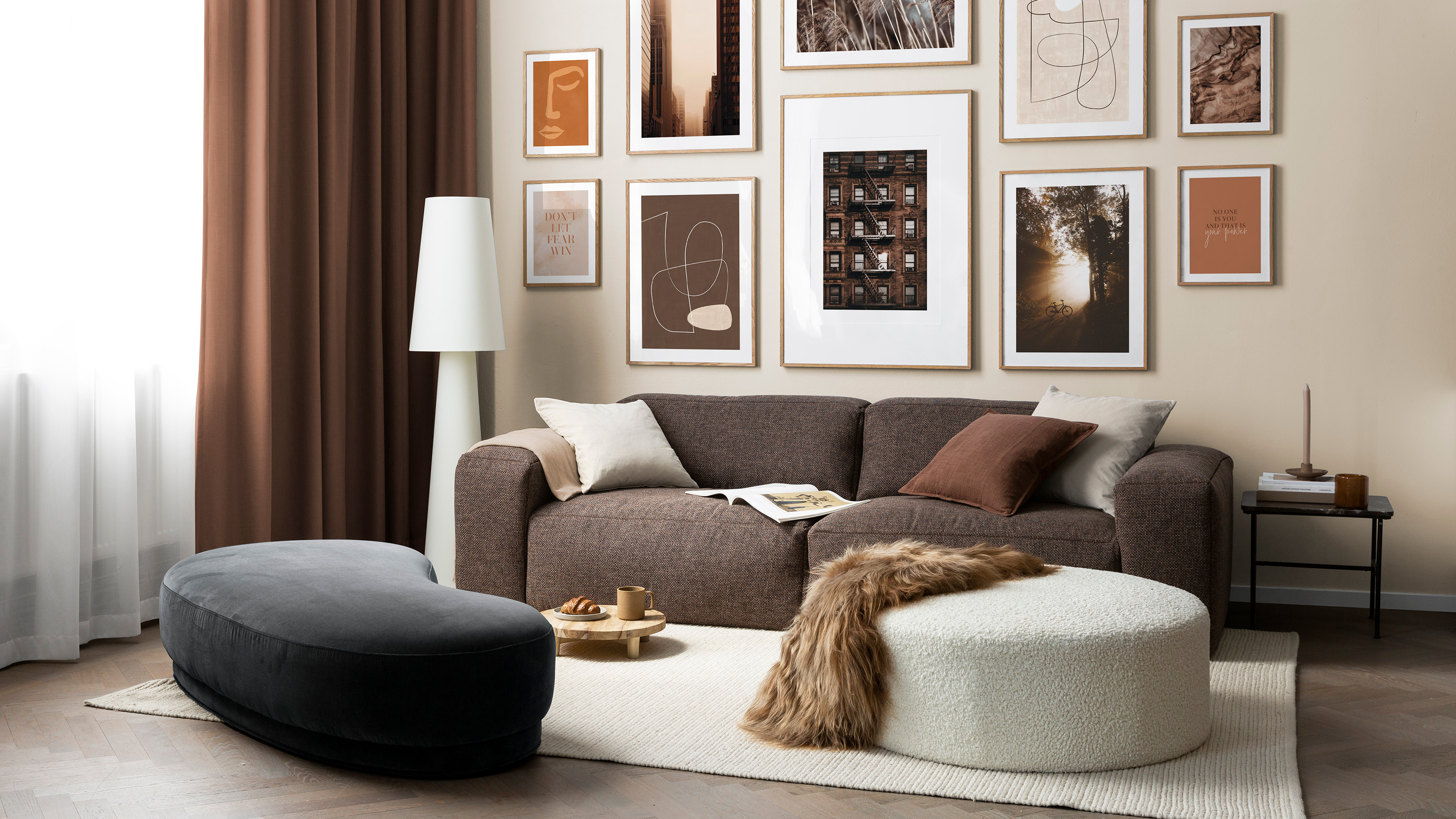
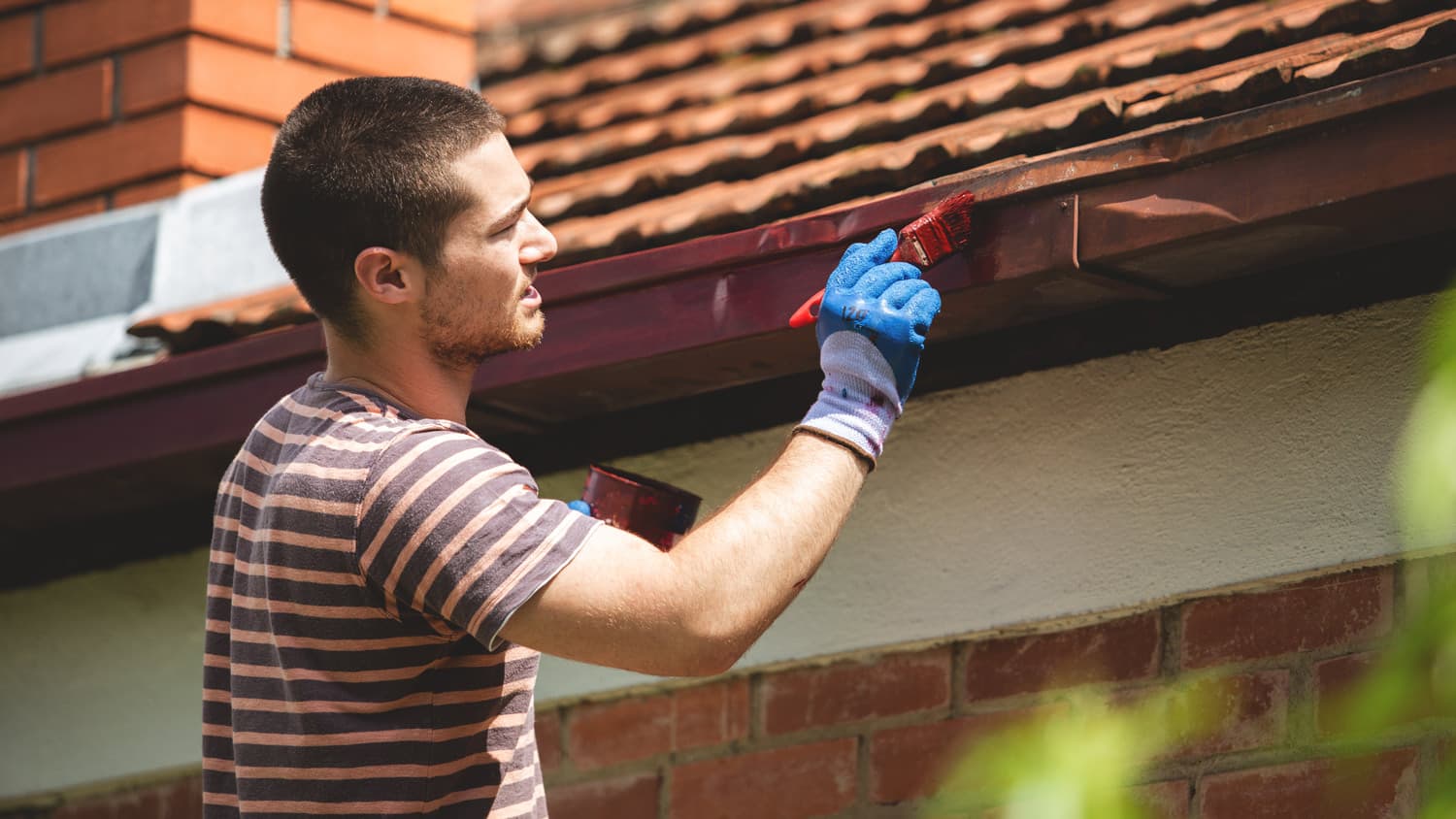
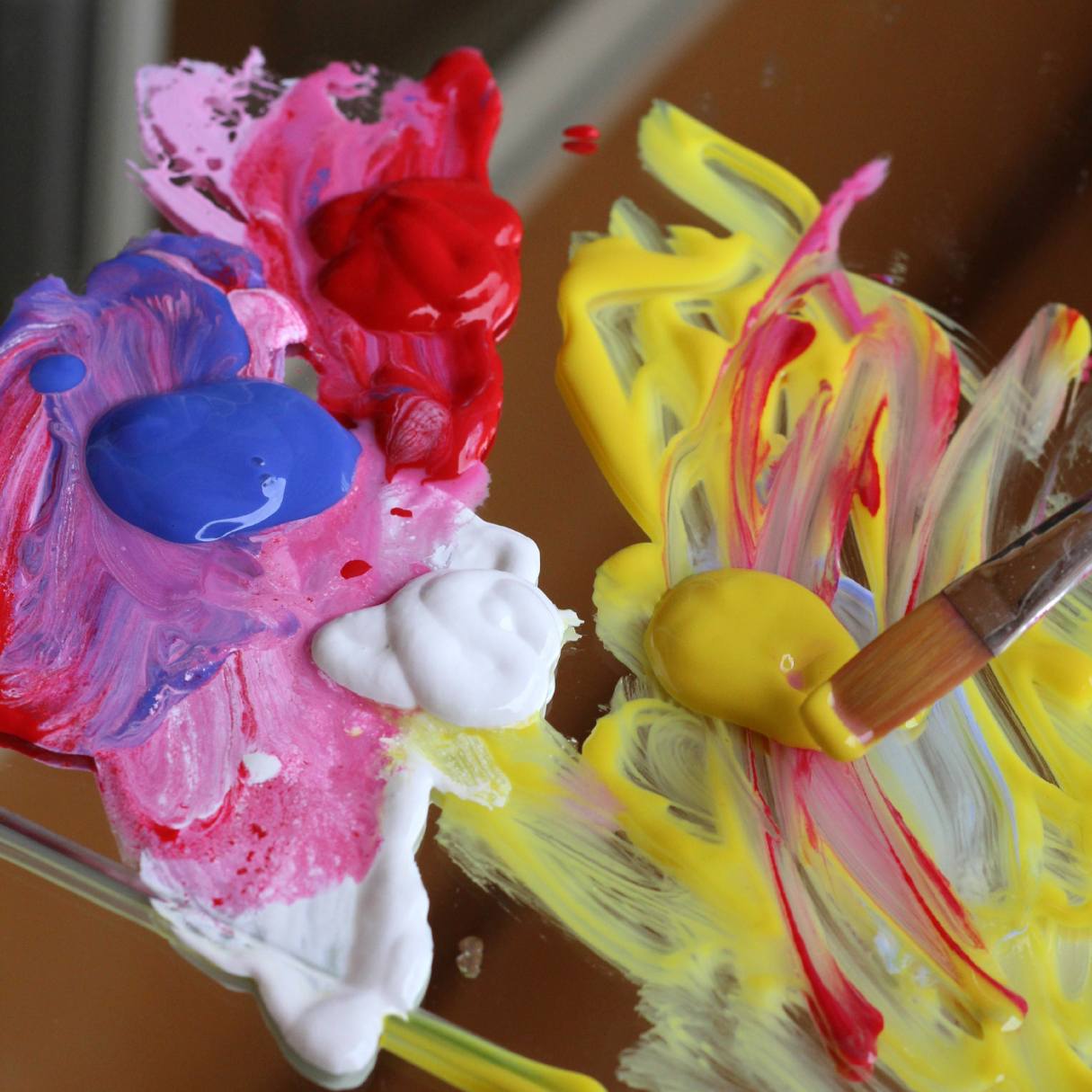
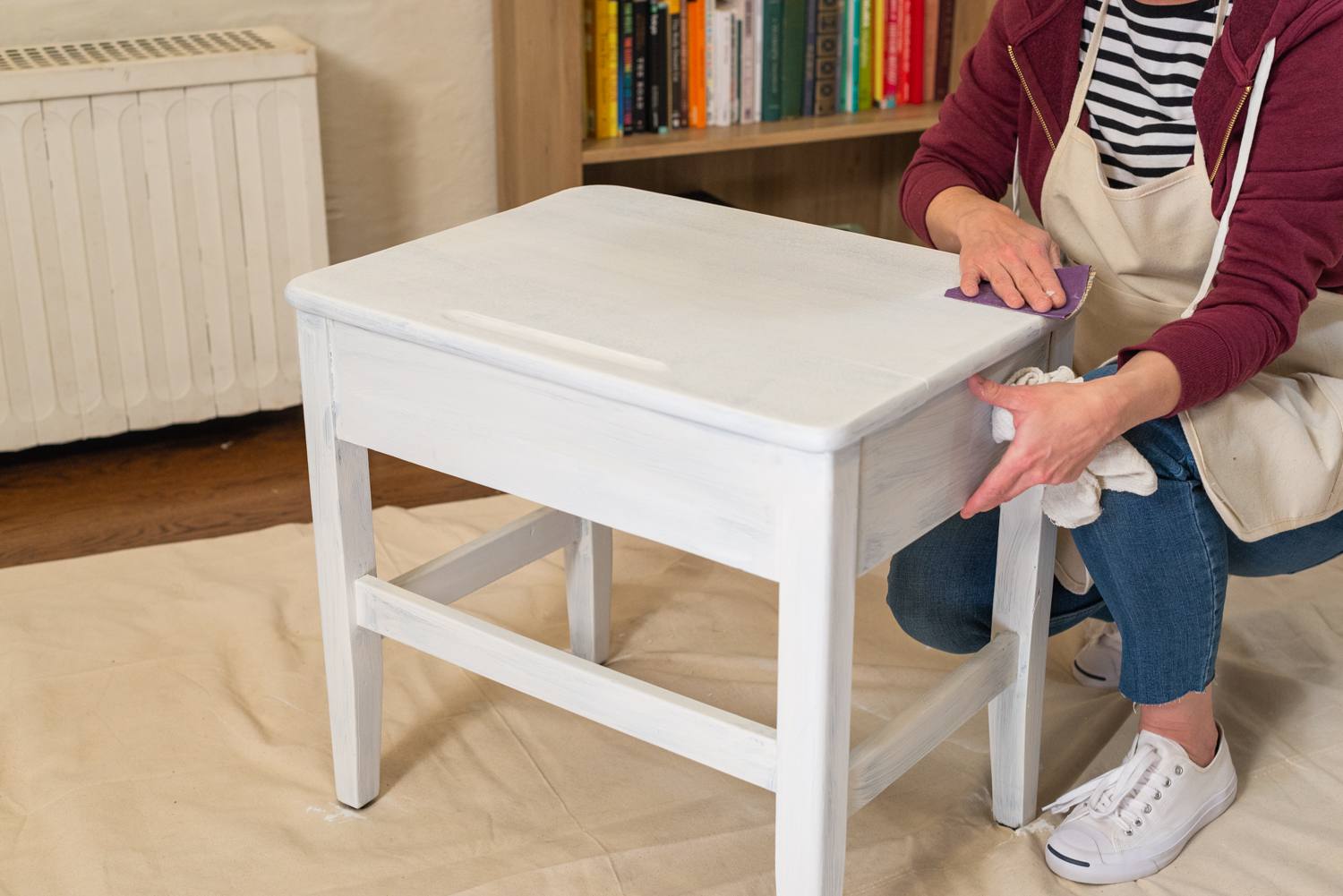
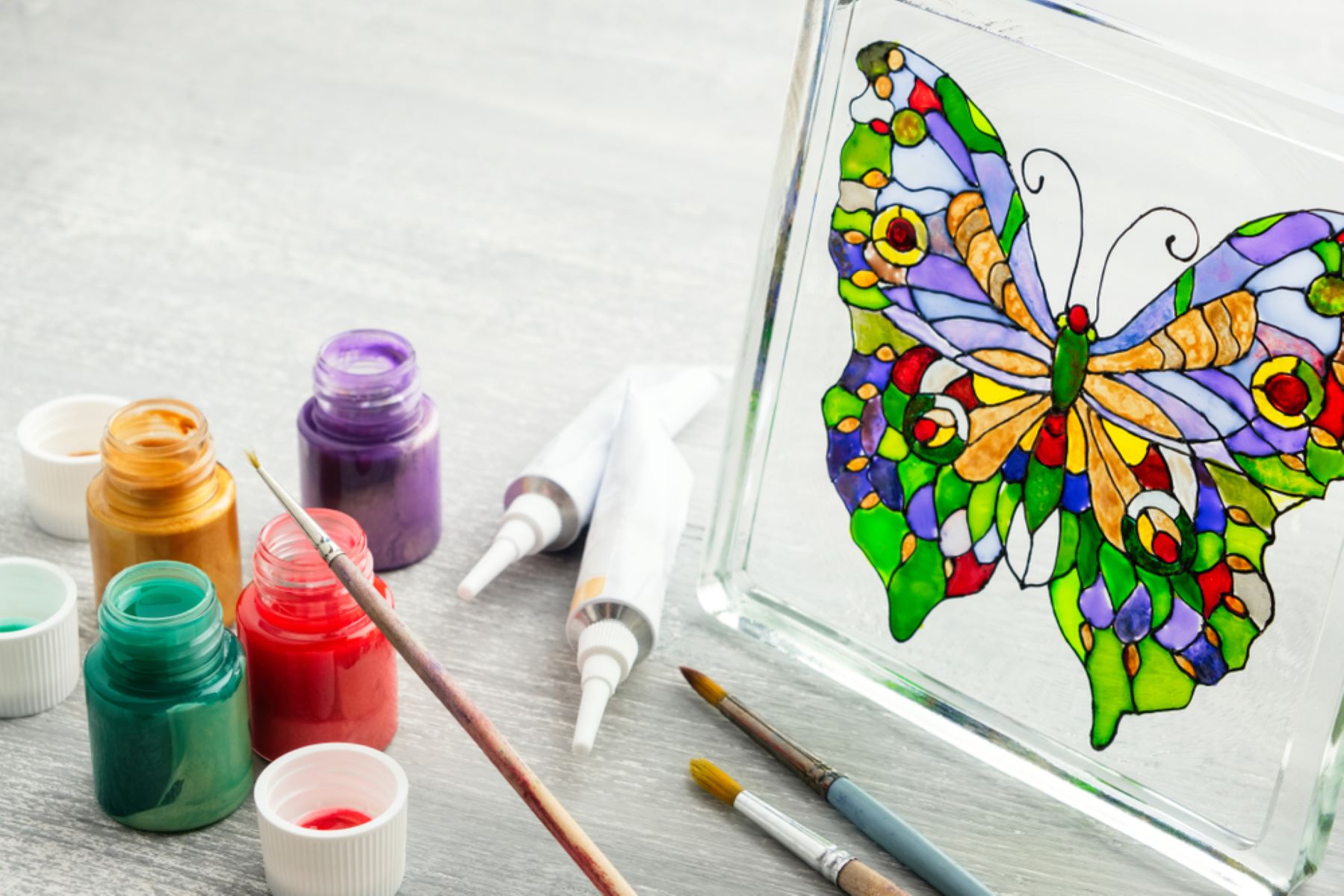
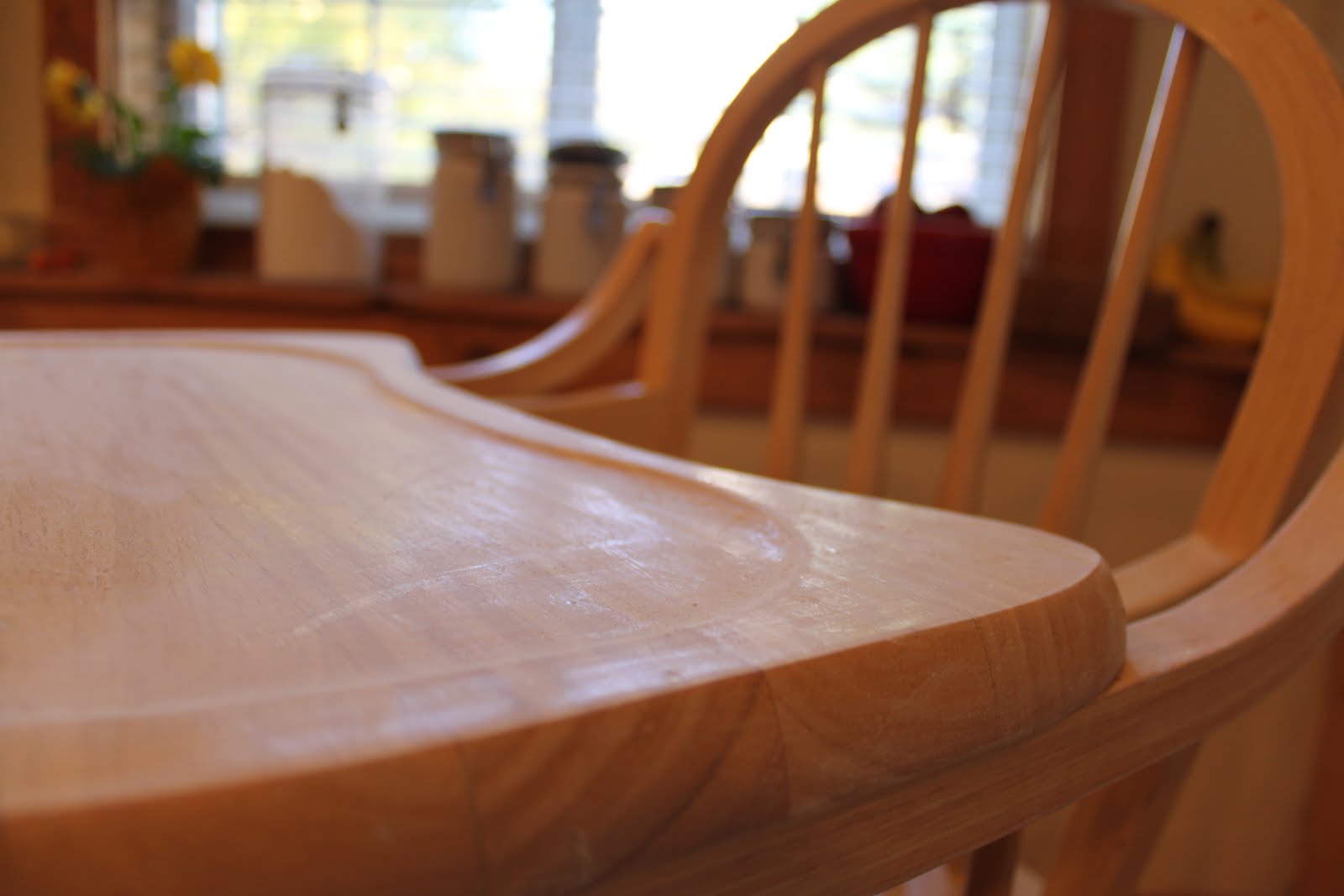
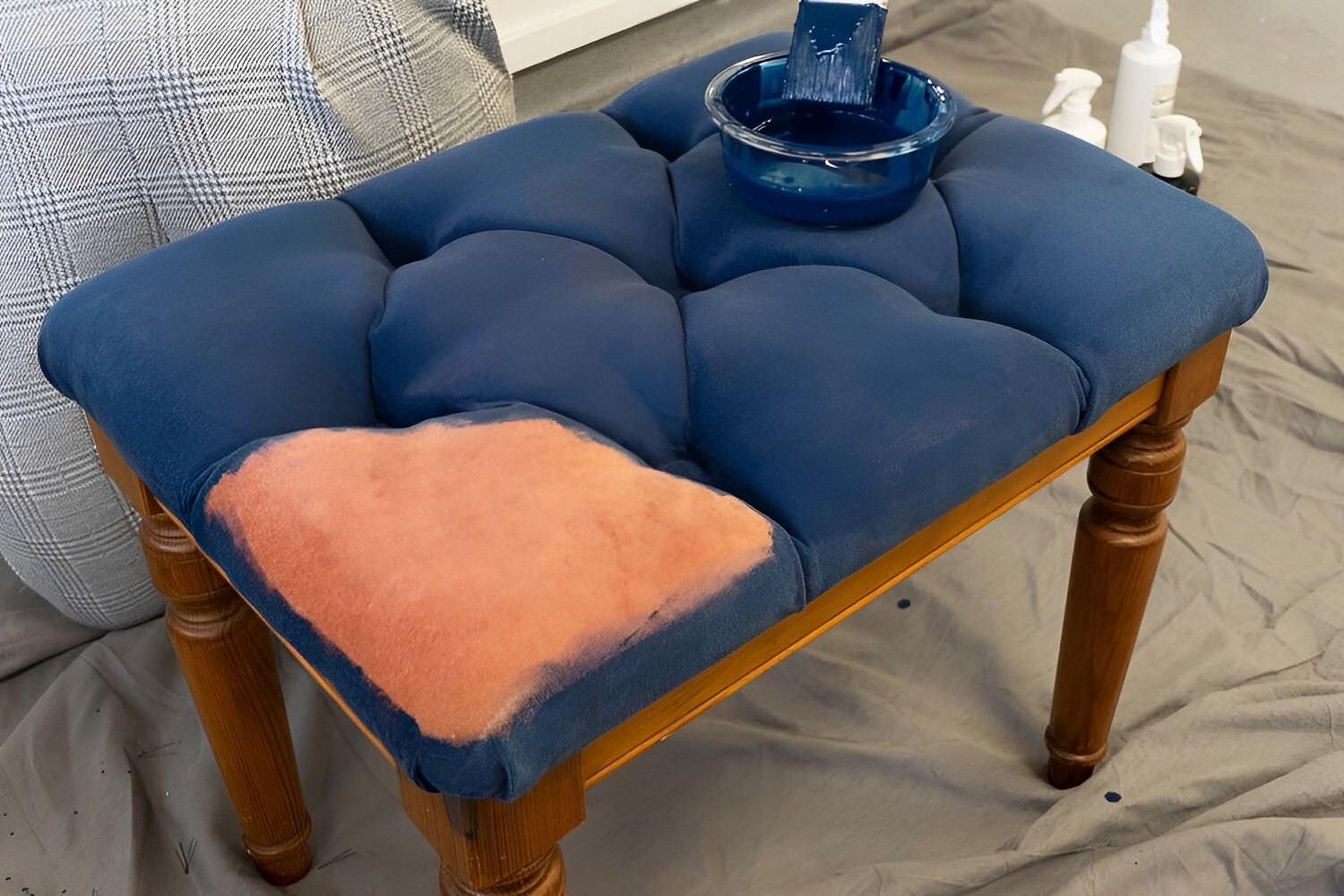
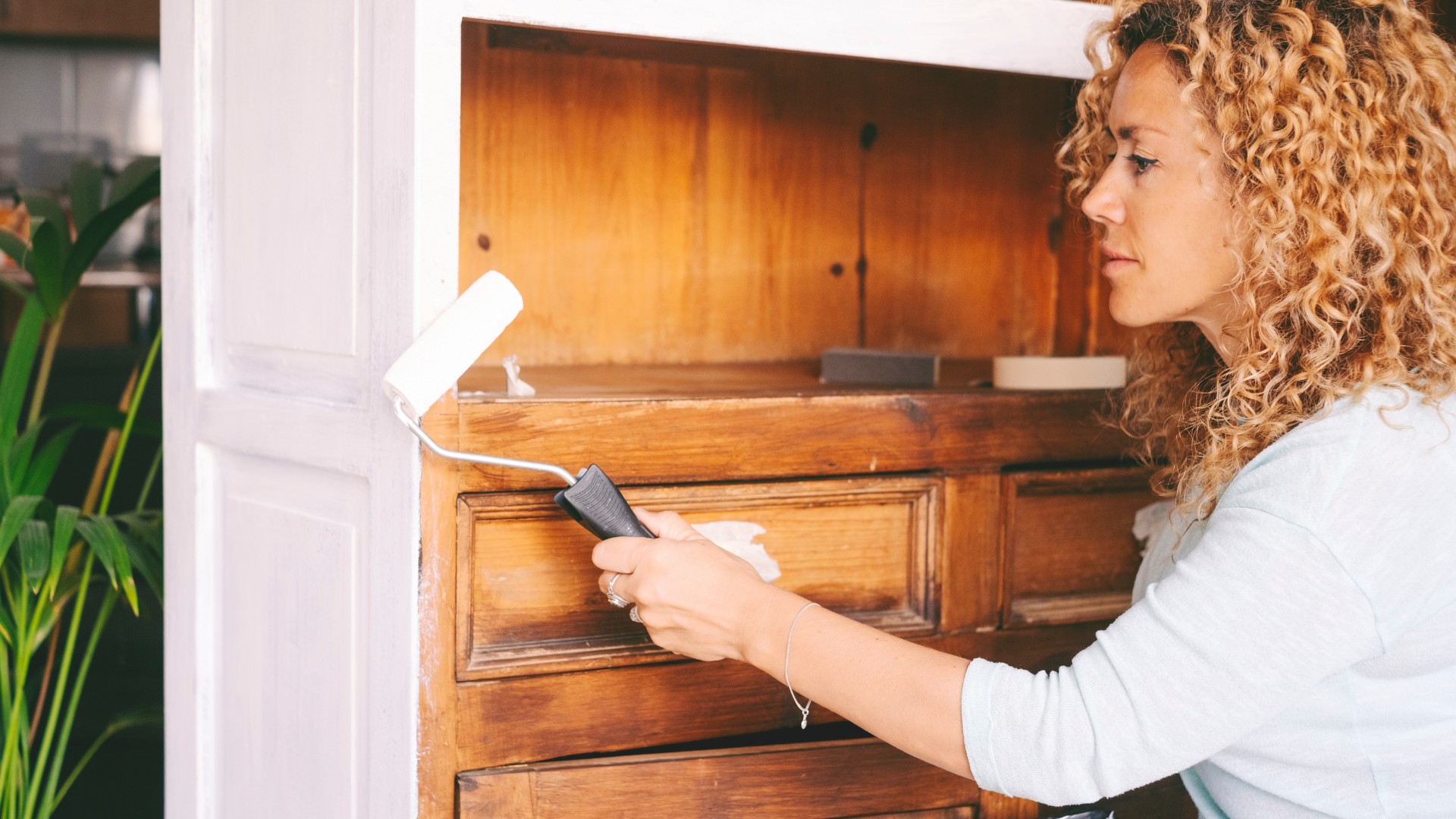
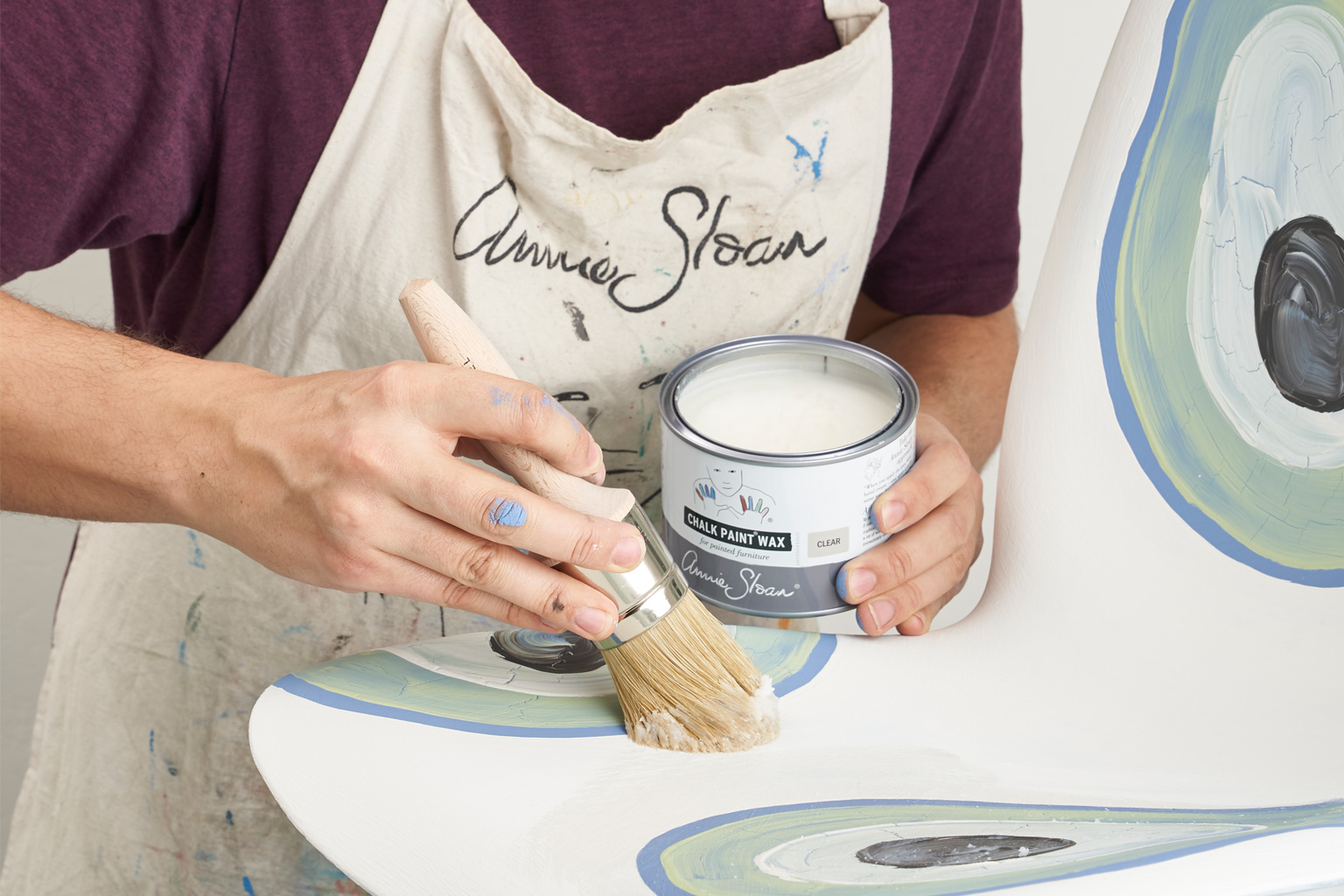

0 thoughts on “What Paint To Use For Furniture”